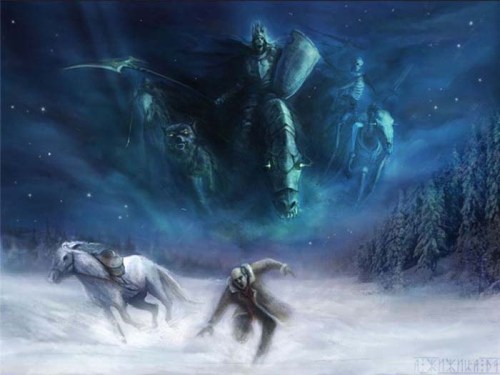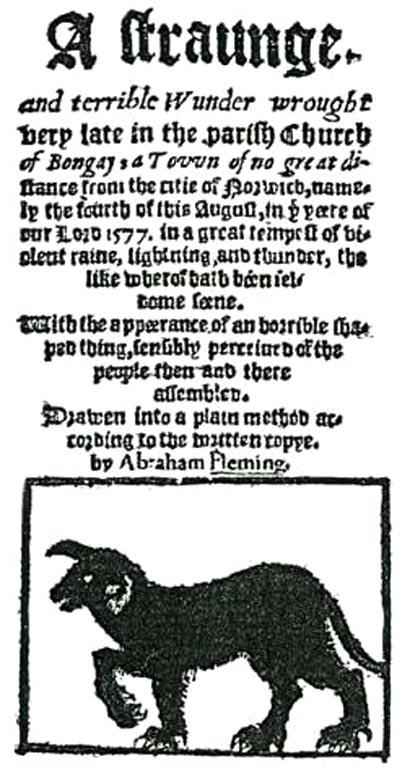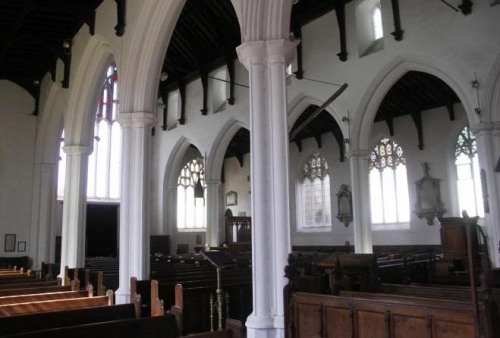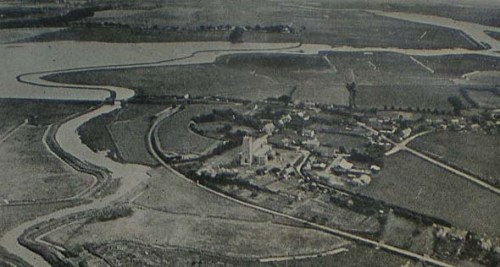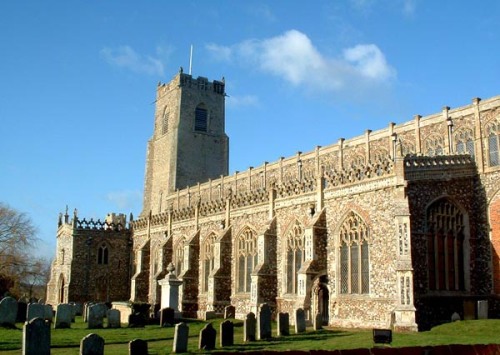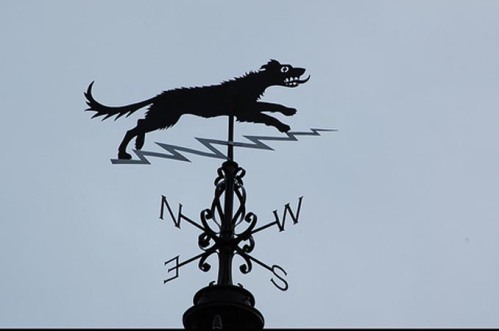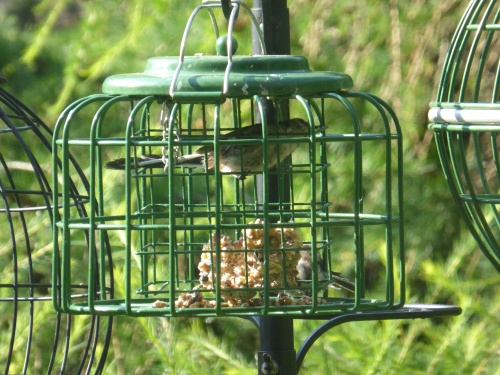In my previous blogpost about Harry Cursham, the Notts County superstar, I wrote for the most part about his exploits in the F.A.Cup. At the time, the F.A.Cup was the only official competition in existence for football clubs. Apart from international matches, which, with just four countries, permitted only three games per season, Harry could only play in friendly games until some bright spark invented the Football League in 1888.
Here is an abridged version of Harry’s exploits in friendly fixtures. For me, the most wonderful things are the evocative names of some of those long defunct clubs.
In 1877-1878, Harry scored a hat trick on his début at home against Stoke (4-1), and five goals in an away game against Manchester (6-0). He got four in an 8-2 victory over Derby Grammar School, and also appeared in an amazing 1-10 defeat at Southwell. Harry would have worn this kit:

The photograph below shows the Notts.County team which played a prestige friendly against Queens’ Park, of Glasgow, Scotland, on November 18th 1877 at Hampden Park.
(back row) Erasmus Keely, Fred Rothera, Arthur Ashwell (Umpire), Harold Greenhalgh, Harry Cursham, George Seals. (front row) Richard Greenhalgh, Arthur Cursham, Ernest Greenhalgh, Tom Oliver, S.Keely. Henry Jessop is sitting on the floor. As well as Harry, Arthur Ashwell, Arthur Cursham, Henry Jessop, Tom Oliver and George Seals were all ex-High School pupils:

In 1880-1881, Harry scored 13 goals in 10 appearances, including five at home to Sheffield (8-1), a game in which fellow Old Nottinghamian Harold Morse scored the other three goals. He scored five more goals in what was then Notts’ record winning margin, namely 15-1 at home to Newark.
In 1881-1882, Harry produced 21 goals in just 15 appearances. By now an outside left, he scored four at home to Staveley (7-0) and Derby Midland (7-2), and four more away to Pilgrims (5-1). He scored twos at home to the Old Carthusians (5-1) and the Sheffield Club (5-1) and away to Nottingham Forest (5-0). At one point, he managed 16 goals in six consecutive games (1-2-2-2-4-4 ). In addition, the scorers of three goals in a 5-0 victory over the Sheffield Club remain unknown, as do all the goalscorers in a 13-0 rout of Grantham. It is surely beyond credence that Harry did not score at least once in this particular game.
In 1882-1883, he scored 29 goals in 16 appearances. Having moved to centre forward, he opened the season with six goals against a Local Clubs’ XI (10-1) and scored four at home to Stoke (5-0) with four away at Sheffield (8-2). He got a hat trick in a 10-0 home win over Mitchell St.George’s, and scored twos at home against Sheffield (8-1), Liverpool Ramblers (3-1),Walsall (7-2) and Wednesbury Old Athletic (6-1) and away against Aston Villa (2-1). At one point, Harry managed 16 goals in five games (6-2-2-4-2 ). The scorers remain unknown in a 5-1 victory at Stoke:
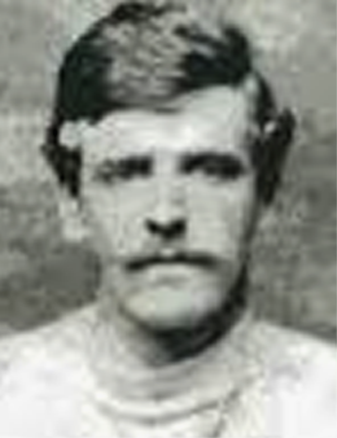
The 1883-1884 season produced 22 goals in 21 appearances. Playing mainly as an outside left, Harry scored four goals in a 5-1 victory over Padiham, and hat tricks at home to Sheffield Attercliffe (6-2) and Brentwood (3-2). He got twos in a 6-1 home victory over the South of England and in a 4-1 home win against Great Lever.
The following season of 1884-1885, he was to score 19 goals in just 22 appearances, with four in an 8-0 home victory over Derby Midland, and twos at home to Sheffield (6-2), Notts Rangers (6-2), Corinthians (3-2), and, most important of all, against Nottingham Forest, in a 3-2 home victory. He played this season mostly as an outside left, but in January, Harry missed the games against Blackburn Olympic (1-1) and Preston North End (2-3), as he was in mourning for his brother, Arthur, who, having recently emigrated, had died in Pera, Florida on Christmas Eve at the age of only 32, of what was variously called malarial fever or yellow fever. In the game against Blackburn Olympic, the County team all wore black crêpe armbands as a mark of respect. Here is the Olympic team:

Immediately before the start of this season, “Mercutio”, in his “Nottingham Football Annual”, had described Harry Cursham as:
“A grand forward. Plays on either wing, and has distinguished himself in the centre. Is at his best perhaps on the left, in which position he frequently evokes admiration by the brilliancy of his runs. A splendid shot at goal, and altogether one of the best men of the day.”
In 1885-1886 Harry managed hat tricks at home to West Bromwich Albion (4-3) and Nottingham Forest (5-0). The next season there were 15 goals in 23 games as Harry, by now back at inside left, scored goals steadily throughout the season. He cannot, though, have enjoyed Notts’ narrow 0-14 defeat at the hands of Preston North End, “The Invincibles”, who were to win the first ever Football League Championship in 1888-1889. They were one of the greatest teams in the history of the Football League:

In the last season before the establishment of the Football League, 1887-1888, Harry, now operating at either left or right full back scored only 2 goals in 19 games. They both came in a 4-0 home victory over Grimsby Town, one of only three games in the forward line. Here is the Notts kit from 1888-1890:
In 1888-1889, Harry, still a right back, became one of the small number of High School boys to have played League football. He played eight times and his two goals came when he reverted to centre forward, in home victories over West Bromwich Albion (2-1) and Wolverhampton Wanderers (3-0). The latter effort, scored after two goals from Ted May, was his last goal for Notts County.
In matches other than F.A.Cup ties, therefore, Harry managed a minimum of 158 goals in 183 appearances. When the F.A.Cup ties are added in, his career total becomes a phenomenal 235 goals in 202 appearances. In very many games, of course, the scorers’ names have been lost and we have no means of knowing if that total of 235 is too low.
On March 18th 1882, Harry refereed the friendly match between Nottingham Forest and a Trent-Wanderers Combination. In this match, Forest’s goalkeeper, John Sands, came out of goal, and scored a goal, surely one of the first times that this had ever happened in football history.
Some years after this, Harry refereed the friendly game between Nottingham Forest and Notts Rangers (0-2), one of the Nottingham’s first ever matches under floodlights. The game kicked off at 8 p.m., on Monday, March 25th 1889. The lighting was provided by Wells lights, fourteen of which were set up around the ground. Powered by oil, they provided, in theory, some 14,000 candlepower each. More than 5,000 spectators were attracted to this unusual game.
Given his amazing record as a goalscorer, Harry was to play for England on several occasions:
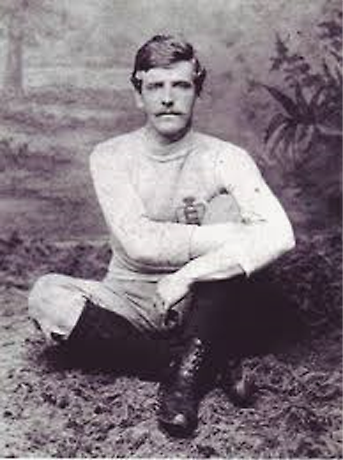
He made his début in 1880 as an outside right, a late replacement in the team as England beat Wales by 3-2 at Wrexham. In 1882, he played as outside left in a record away performance at Belfast in Ireland. Harry scored one goal of England’s thirteen, without reply from the Irish. Here are the Irish, looking very dapper:
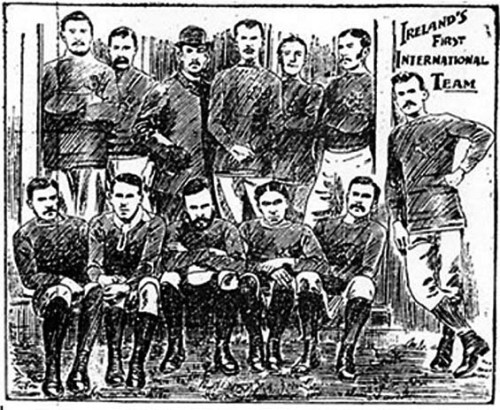
Later that year he played as a left half against Scotland in Glasgow, a game the English lost, rather unluckily, by five goals to one. Can you spot the fresh faced Harry in the picture below?

This particular game was refereed by the splendidly named official, Mr Segar R Bastard. Crowds were to recognise his offspring in innumerable matches down the years.
Harry then scored one goal as England lost by 3-5 to Wales at Wrexham. In February, 1883, he celebrated being in the same England team as his Old Nottinghamian brother, Arthur, by scoring a goal in a 5-0 revenge victory over the Welsh. In the same month, as an outside left, he helped England beat the Irish by 7-0 at Liverpool. In March 1883, he again appeared with his brother Arthur, this time as a left half, losing to Scotland by 2-3 at Sheffield.
This is the England team which played against Scotland at Sheffield on March 10th 1883. It contained three Notts County players, and two Old Nottinghamians, one of whom, Harry Cursham, is seated second from the left on the middle row. His brother, Arthur Cursham, may be the player seated on the left of the front row, and half back Stuart Macrae is possibly the player at the right hand end of the middle row. Readers may wish to look at other pictures of Notts County, and decide for themselves !

On February 25th 1884, as outside left, Harry scored a hat-trick in England’s 8-1 victory over Ireland in Belfast. This was his last game for England, and he had scored five goals in eight appearances at this level. This remains the record number of England international caps by a Notts County player. What a pity there were only three games per season. What a pity Harry Cursham never played against Andorra, San Marino, Liechtenstein or Gibraltar. What goals Harry would have scored!
After leaving Notts County, Harry played an unrecorded number of games for Grantham:
 On March 12th 1891, Harry appeared for the Nottingham High School Old Boys at the Gregory Ground, in their fixture against the current High School First Team. Not surprisingly, perhaps, the Old Boys won by 3-1, with Harry getting their second goal midway through the second half. In 1896, Harry, along with Tinsley Lindley, was invited to play in the first ever “Gentlemen versus Players” game, a prestigious friendly, which would help to make absolutely clear to all the working class spectators the rigid class differences and privileges in force in the hierarchical society of the time. To both men’s credit, they refused the opportunity, preferring to watch a local derby match, Forest v County.
On March 12th 1891, Harry appeared for the Nottingham High School Old Boys at the Gregory Ground, in their fixture against the current High School First Team. Not surprisingly, perhaps, the Old Boys won by 3-1, with Harry getting their second goal midway through the second half. In 1896, Harry, along with Tinsley Lindley, was invited to play in the first ever “Gentlemen versus Players” game, a prestigious friendly, which would help to make absolutely clear to all the working class spectators the rigid class differences and privileges in force in the hierarchical society of the time. To both men’s credit, they refused the opportunity, preferring to watch a local derby match, Forest v County.
By 1929, Harry was living at “The Firs”, Holme Pierrepoint:

Harry passed away peacefully there on Wednesday, August 6th 1941, at the age of eighty-two. He was survived by his widow, and his daughter, Mrs.R.S.Challands. Harry had two sons. One, Curzon, was a solicitor, while the other son, Francis George, was a Major in the 8th Battalion of the Sherwood Foresters during the Great War. He was tragically killed in an accident on active service at Aldershot on August 31st 1918, at the age of only twenty-nine.
Harry’s funeral took place at Holme Pierrepont Parish Church on Saturday, August 9th 1941:

His old friend, the Archdeacon J.P.Hales took the service, assisted by Canon A.D.Allen, the Rector of the parish. Harry was buried behind the church. Harry’s wife, Frances Anne Elizabeth, was to pass away on March 8th 1946, at the age of eighty-two. She was buried with her husband:

Only ten metres away from these two graves lies Harry’s other son, Curzon. He lived to a ripe old age, dying on June 17th 1981 just three weeks short of his 94th birthday. His wife, Sheila Moorhouse Cursham (1891-1968) is interred with him. Next to Harry and Frances lies his son, Francis:

By the way, the illustrations of the old football kits came from the best ever website for the soccer nerd and all the boys who had more than twenty different Subbuteo teams. New Brighton Tower 1898? Oh, yes.












![house-of-lords4[1]](https://johnknifton.files.wordpress.com/2016/05/house-of-lords41.jpg?w=500)







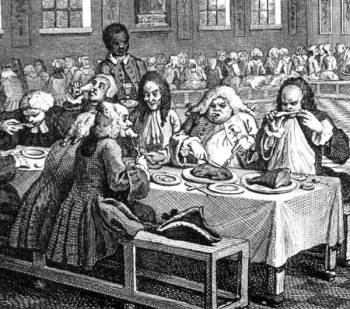
















































 Garnet was not quite tasked with carrying the barrels of gunpowder into the cellars, but rather, he was deemed to have been guilty of knowing all the details of the assassination attempt, but then doing nothing to save either the King’s life or those of his courtiers. Here he is….
Garnet was not quite tasked with carrying the barrels of gunpowder into the cellars, but rather, he was deemed to have been guilty of knowing all the details of the assassination attempt, but then doing nothing to save either the King’s life or those of his courtiers. Here he is….












